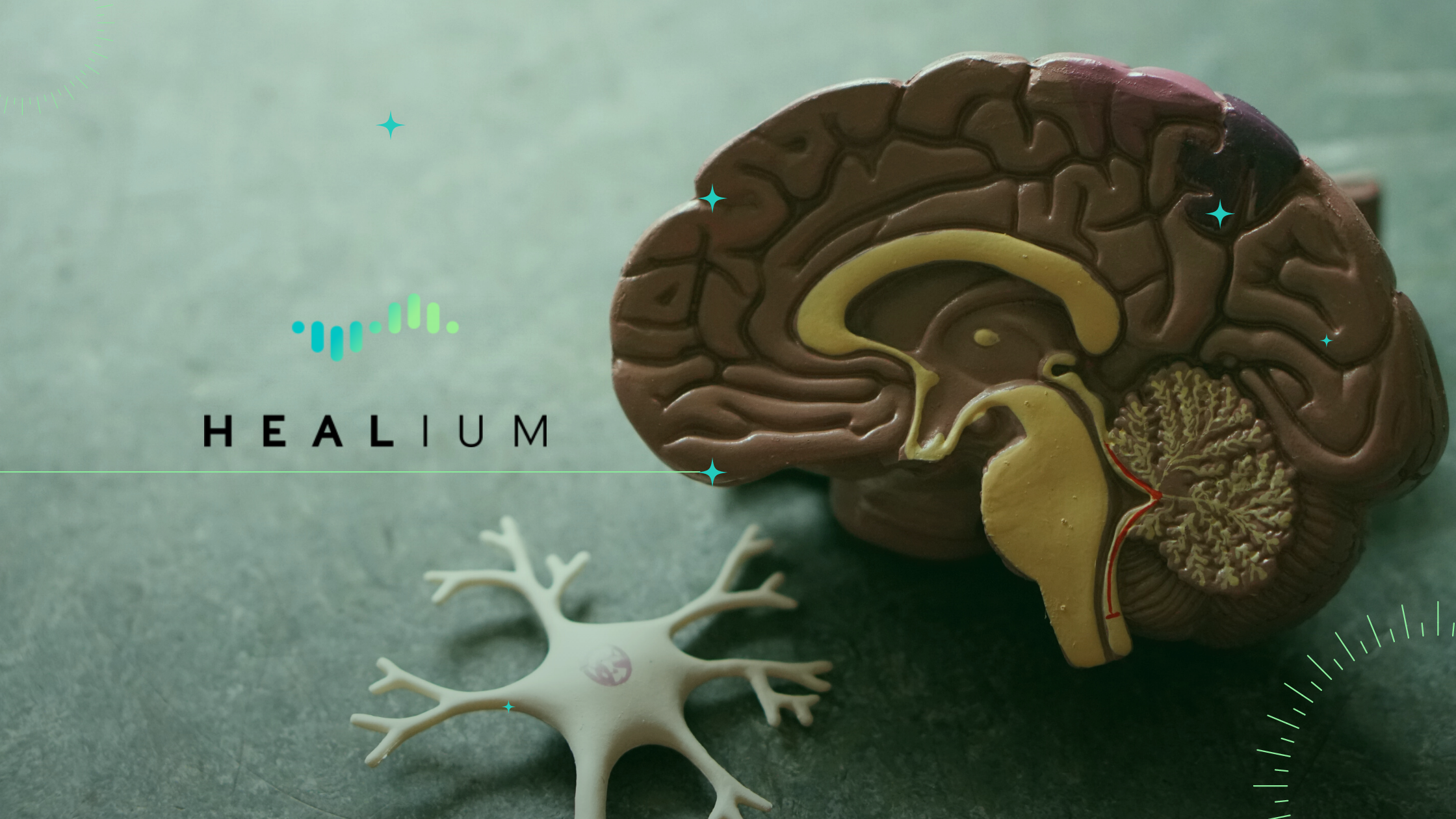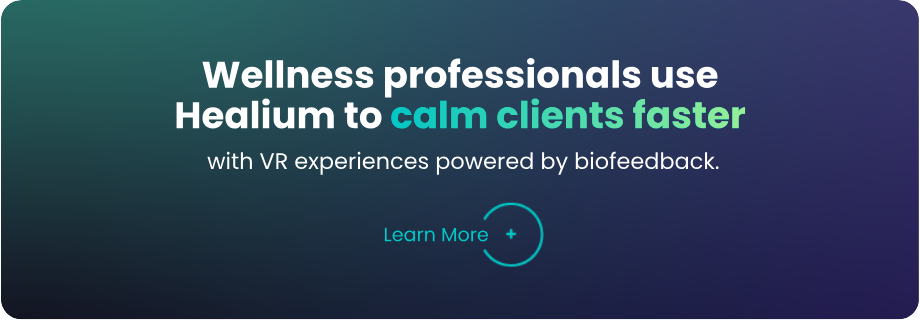You may be familiar with CT scans or MRIs, which can help practitioners examine the structure of a particular brain, but what tools are available for those who wish to analyze the brain’s functioning?
What Does QEEG Brain Mapping Show Us?
A brain map report will contain many pages of data that may show various parts of your brain function. More specifically, a brain map will allow us to see if parts of the brain are working properly or not.
It can help us confirm various conditions such as:
– Epilepsy
– Brain tumors
– Seizures
– Head injuries
– Memory problems
Doctors can also find out many other important details through the use of brain mapping such as:
– Trouble handling emotions
– Difficulty in paying attention
– Poor problem-solving skills
Types of Brainwaves

Because the brain is the strongest electromagnetic engine in the world, it’s capable of doing many things, using neurotransmitters and electricity to help us act, feel, and think.
Around 100 billion neurons in the brain work to keep the flow of electricity moving throughout the body, allowing signals to travel at amazing speeds. These electrical impulses can also communicate with each other and create synchronized pulses or brainwaves.
Overall, there are 4 kinds of brainwave patterns, including:
– Beta brainwaves: These run between 13 to 24 cycles per second and are fast-occurring waves during mental work or concentration states
– Alpha brainwaves: These run at 8 to 12 cycles per second and are present during relaxed states
– Theta brainwaves: These run at 5 to 7 cycles per second and are known as slow brain waves that appear during relaxation, twilight, or daydreaming states
– Delta brainwaves: These run at 1 to 4 cycles per second and are very slow-moving, occurring mostly in our sleep
Is QEEG Used During Neurofeedback Therapy?
Neurofeedback therapy is a non-invasive way of measuring and controlling your brainwaves. This kind of therapy allows the neurofeedback provider to keep any involuntary body processes through conditioning. Many conditions, such as anxiety, ADHD, and depression will usually occur because our brainwaves aren’t balanced perfectly.
Undergoing neurofeedback therapy can help us bring specific areas of the brain back to their healthy state.
When treatment begins, doctors can map out the areas of the brain through qEEG, which can help to identify which areas of the brain need to be put back in the right place. Once they are able to find the necessary information, neurofeedback therapy can be customized to work in the areas that need improvement.
During a session, patients will have sensors placed around the target areas of the head to see its current state compared to what it needs to look like.
Music and sounds played on headphones will further help with the process of pushing the brain to a comfortable state. Through repetition, this non-invasive, drug-free, and pain-free option will allow you to retrain various regions of the brain to bring you back to the right state of balance.
Interested in QEEG Brain Mapping? Here are Some Resources to Check Out
If you’d like to learn more about qEEG brain mapping, here are a few great sources on the matter, all of which have various information about this thrilling subject:
-
The NeuroMeditation Institute
-
Amen Clinics
-
StoneRidge
-
J. Flowers Health Institute
-
QEEG Support
-
Neuro Health Associates
-
Bit Brain
A New Way to Do Neurofeedback









